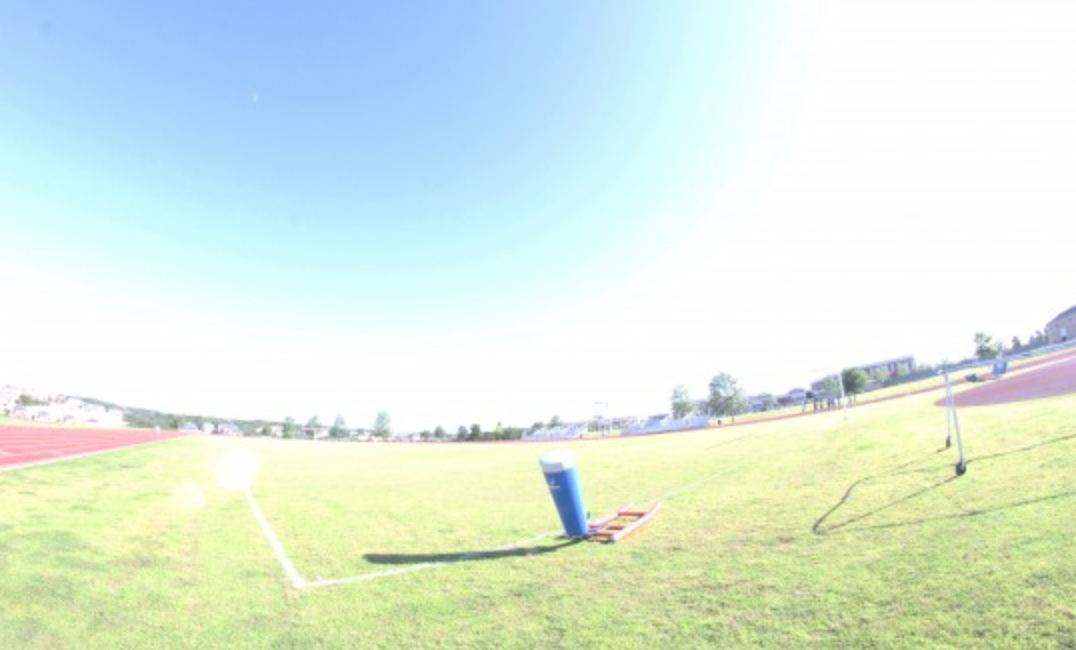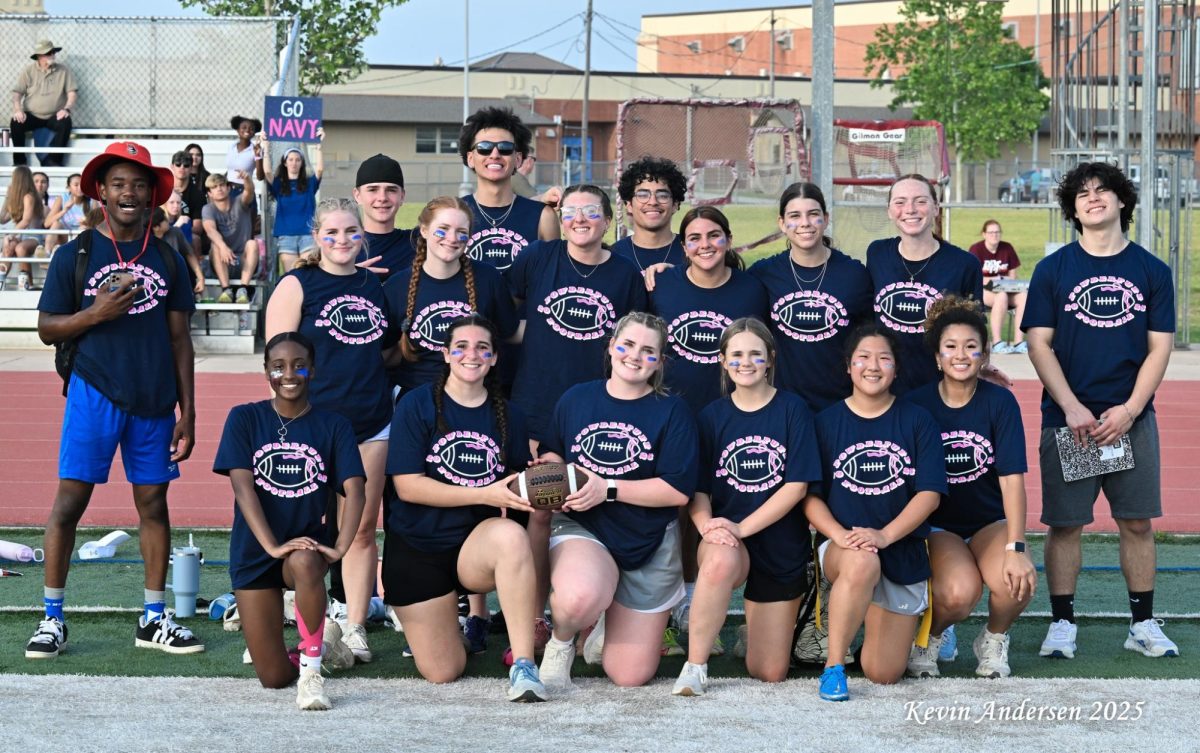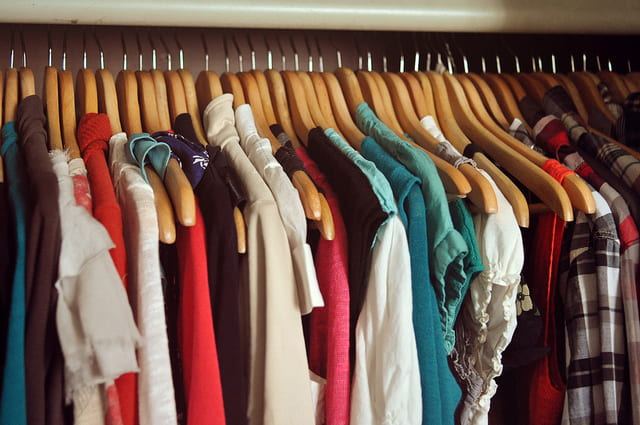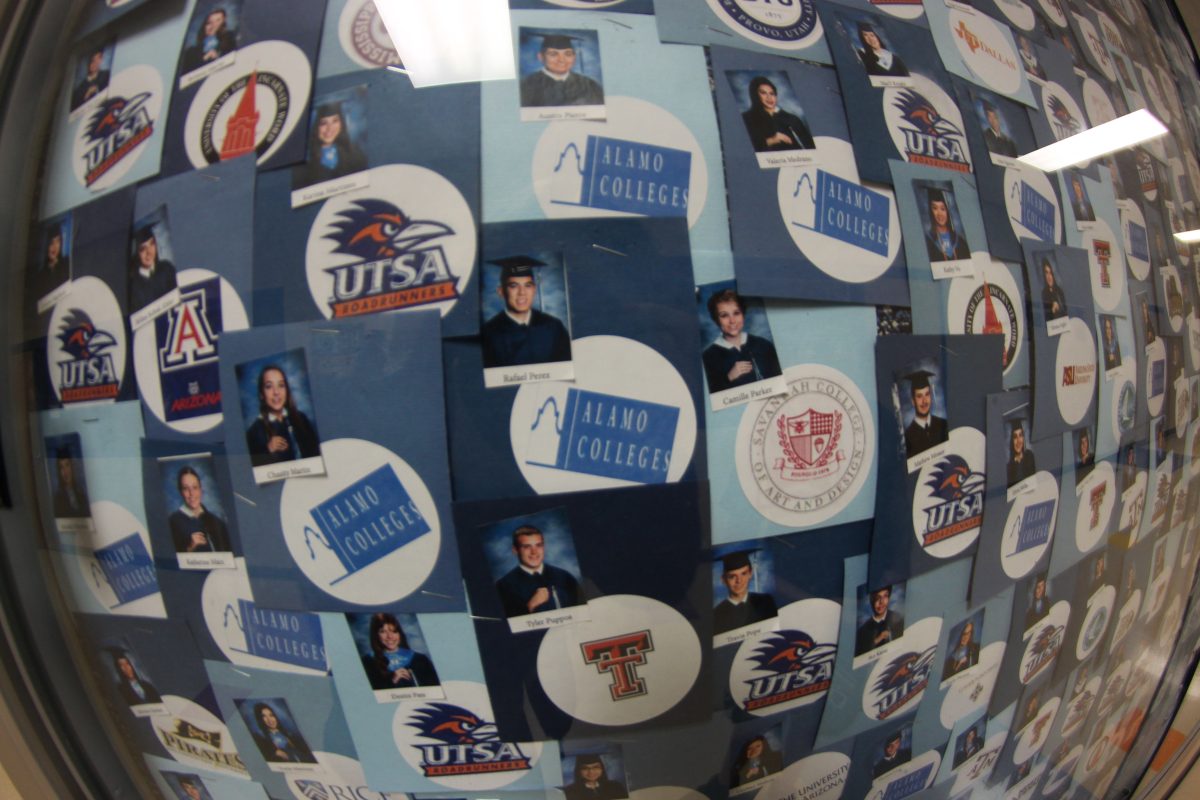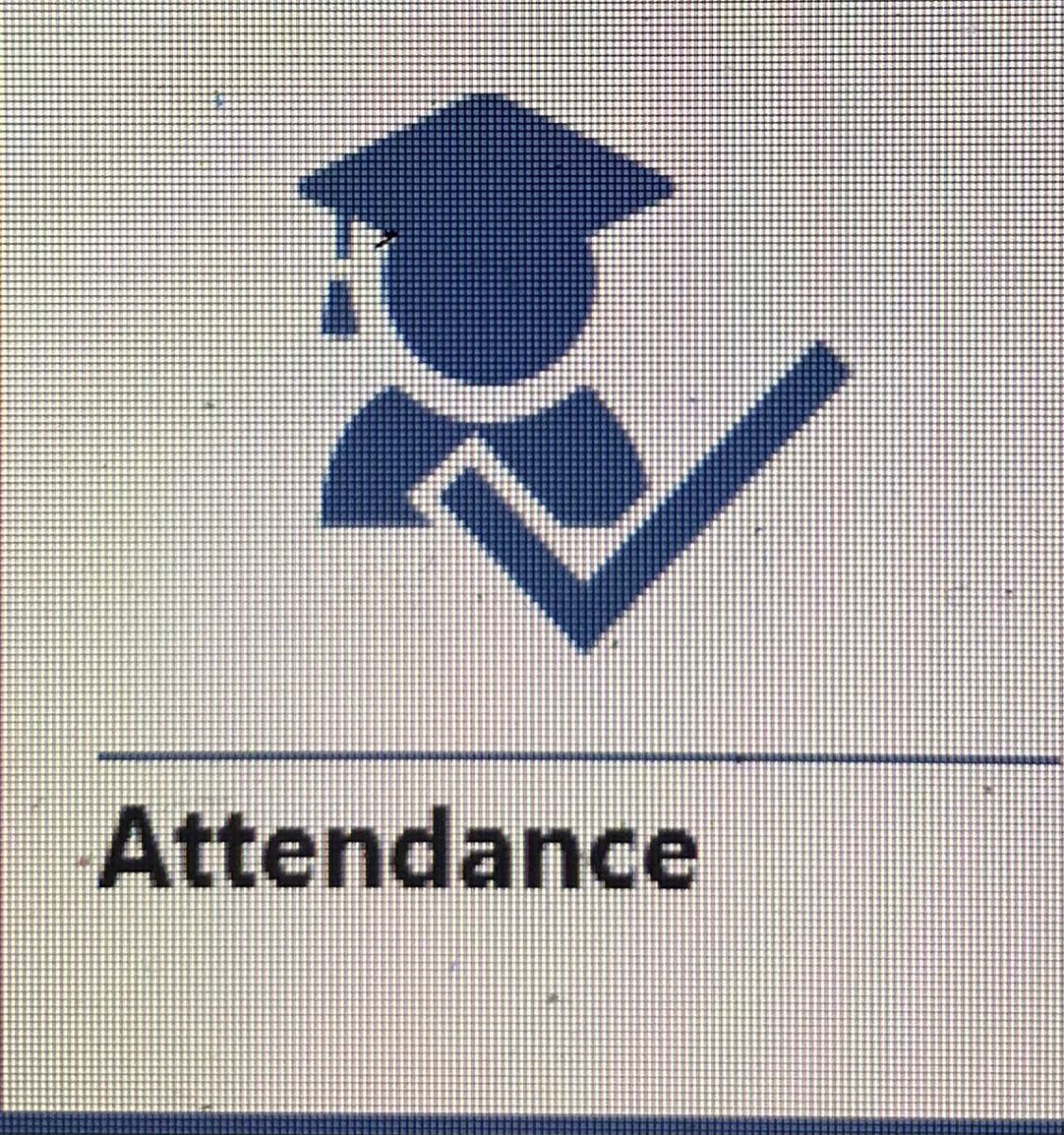by Samuel Abbas | sports editor
All NEISD Athletic programs will see a change this summer with new turf on their sub-varsity fields. These changes will impact each program differently with many pros and cons.
“Yes, all seven high schools are getting artificial turf on their main field. It has already started I believe over at Lee high school and then Johnson and Reagan are the last two schools to get it done right before August,” assistant principal Stuart Guthrie said.
In the past, the grass practices fields had many defects such as holes in the field where athletes might sprain their ankle. The fields at Johnson High School have never been completely resodded so the athletic program will be taking a big step forward with the new turf field.
“They fields have never gotten re sod completely. What they would do is top dress it, fill the holes and try to put turf in wherever it was really lacking. But there had never been a time in the eight years that Johnson has been open where they just completely resodded the entire field,” Guthrie said.
A new turf field also allows athletic teams to practice in pretty much any kind of weather. The turf recovers quickly from bad weather and will allow athletes to get more practice time and will ultimately benefit the teams as well.
“Well, we’re real excited as an athletic program to get the turf field because it’s going to eliminate having to cancel a lot practices. A great example would be like yesterday or today. Right now the grass fields are too wet and too muddy to get on so we lose practice time. Anytime you lose practice time, you lose ground on your opponents that are getting to practice and weather becomes an effect on your performance. But with the turf field, we won’t lose any practice time,” athletic director Ron Rittimann said.
Another benefit the turf might bring is cost efficiency. The turf field, payed for by the district will not need a replacement for some time so it will ultimately prove cost efficient because the field will not need to be repaired as much as the old grass fields.
“Yeah, I think so in the long run. The gains that we’ll see besides the costs are gonna probably be in healthier athletes. The way the turf is, if it’s been a really hot summer, the grass doesn’t grow back as green and full as it would other times of the year and I think it made for a harder playing surface. I think the reduction of injuries will probably be seen and then of course there’s not going to be any issues with water or the maintenance of the irrigation system. So I think overall, in time it will be cost efficient,” Guthrie said.
In other schools where space is also limited, scheduling may cause conflict within the athletic program. Currently, teams work with each other’s schedules in order for all teams to get an equal opportunity to use the new and improved field.
“It could create scheduling issues but I don’t think it will here at Johnson. We do the same thing with our track right now, we have to share that with every sport. We do the same thing with our weight room. We have one little small weight room right here that we use for every athlete in our school but we manage to make that work. So it’ll be the same with the turf field we’ll let a lot of different teams get on it. We’ll just have to do a good job of organizing it and scheduling it but it should be able to be used by everybody,” Rittimann said.


